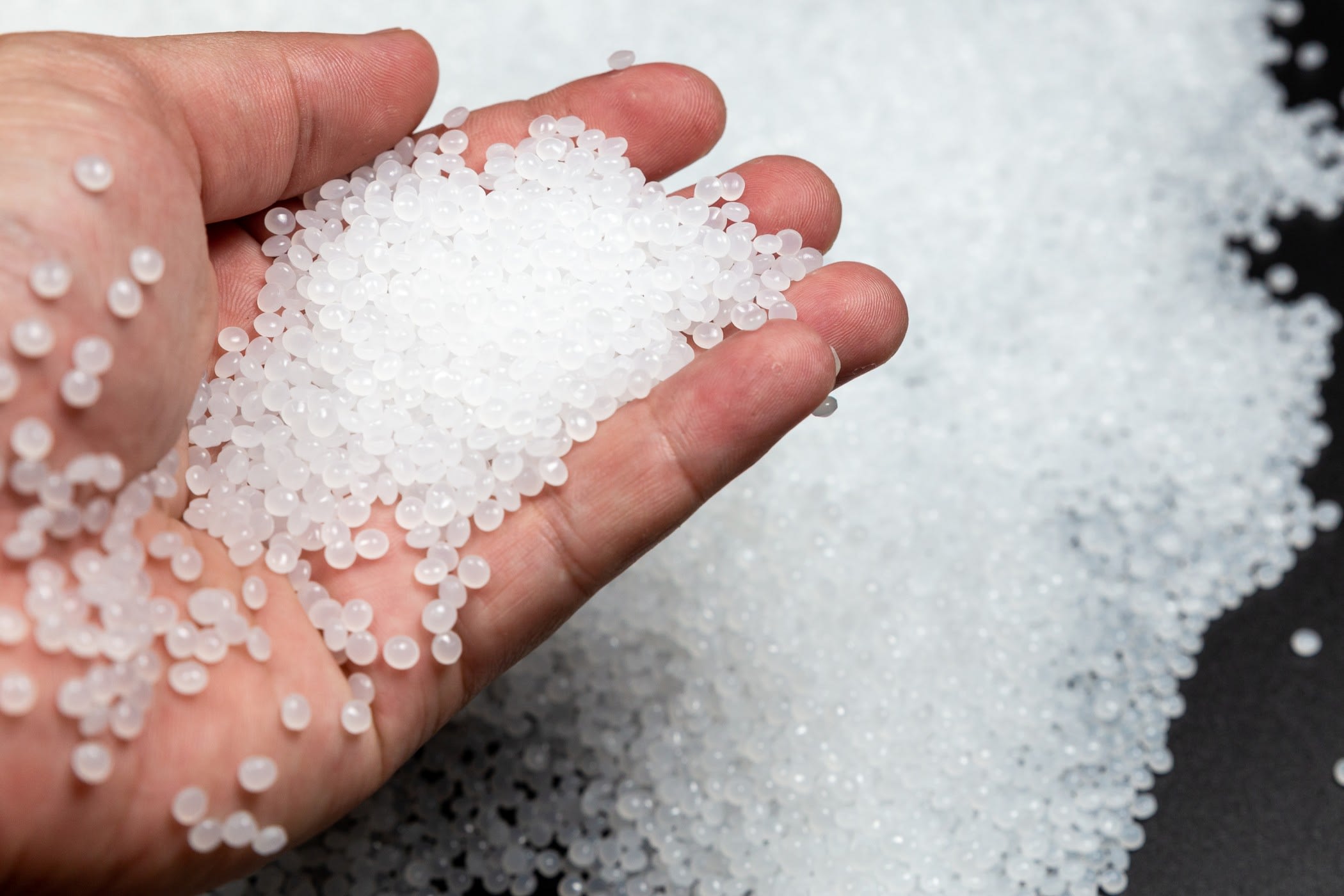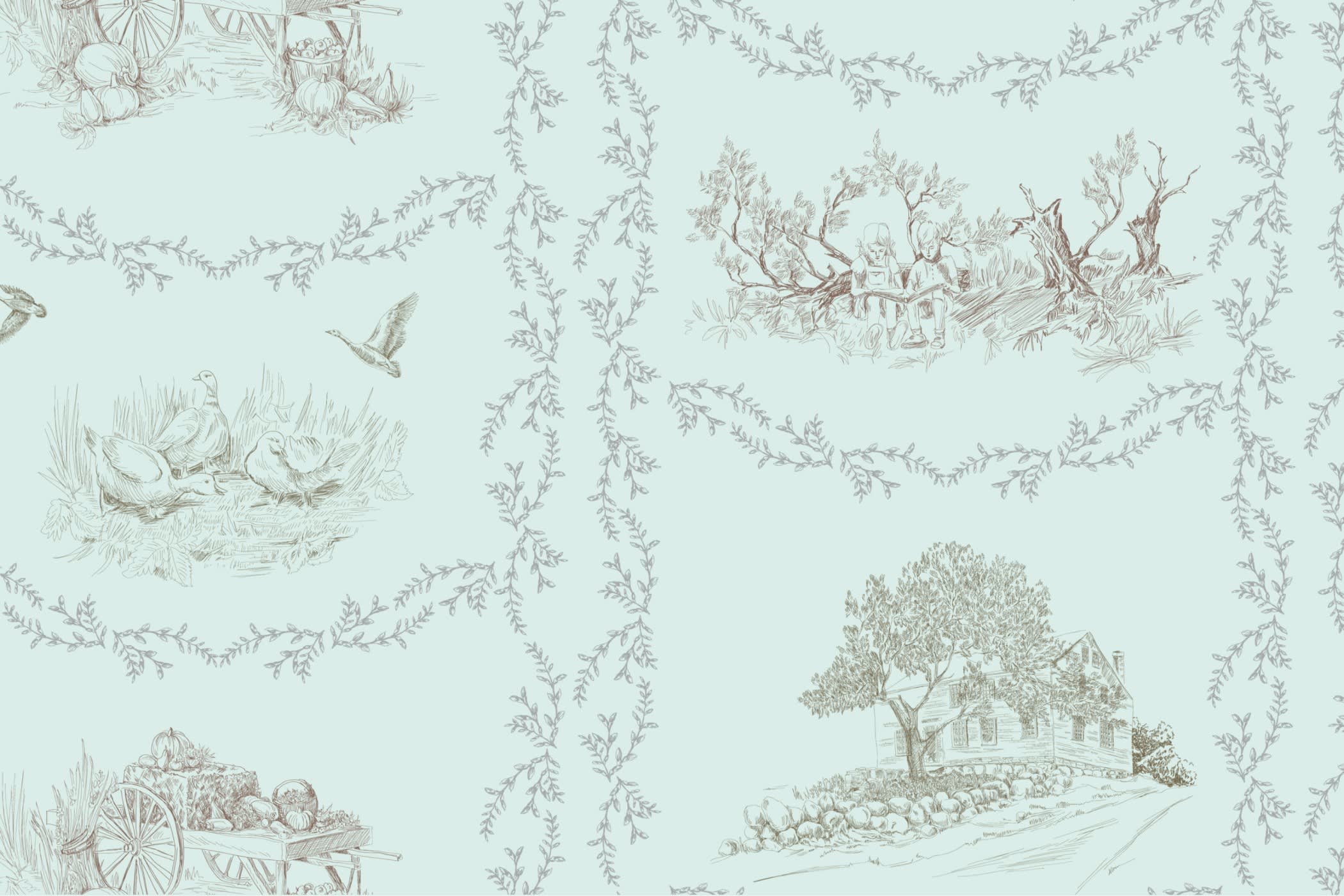All New Fabric Savvy: How to Choose & Use Fabrics

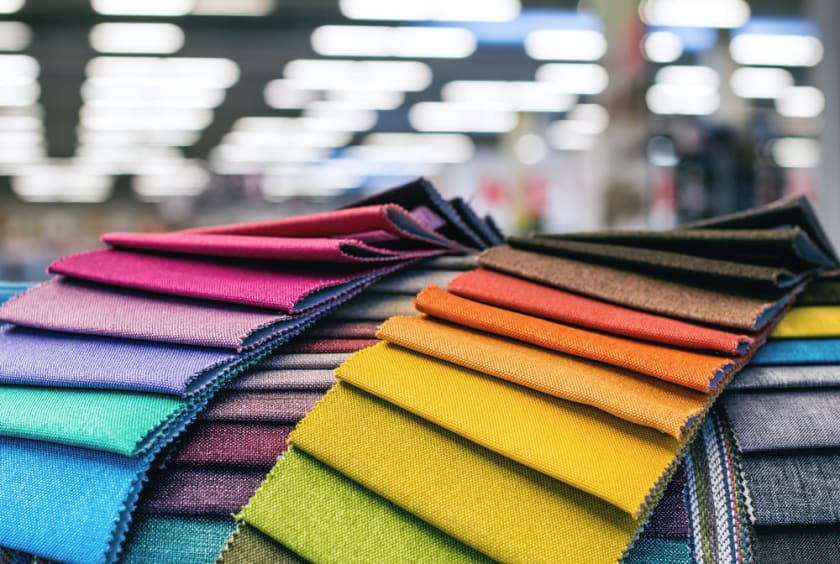

For the general public, comfort is vital. When choosing a new dress, how it looks is less important than how it feels. This comfort depends on the fabric of the dress. As such, fashion brands should put much consideration into the material of an outfit.
Clothes can be made from a wide range of materials. However, the type of fabric chosen to make a dress depends on several factors. One significant factor determining the fabric is the purpose of the dress. For instance, a wedding dress cannot simply be made out of any material, like linen or wool. Another factor to keep in mind is the climate of the place where the clothing is to be worn. Winter does not call for thin cotton but thick wool.
Therefore, for a clothing item to be perfect for the consumer, the fabric must be perfect as well.
Kinds of Fabrics
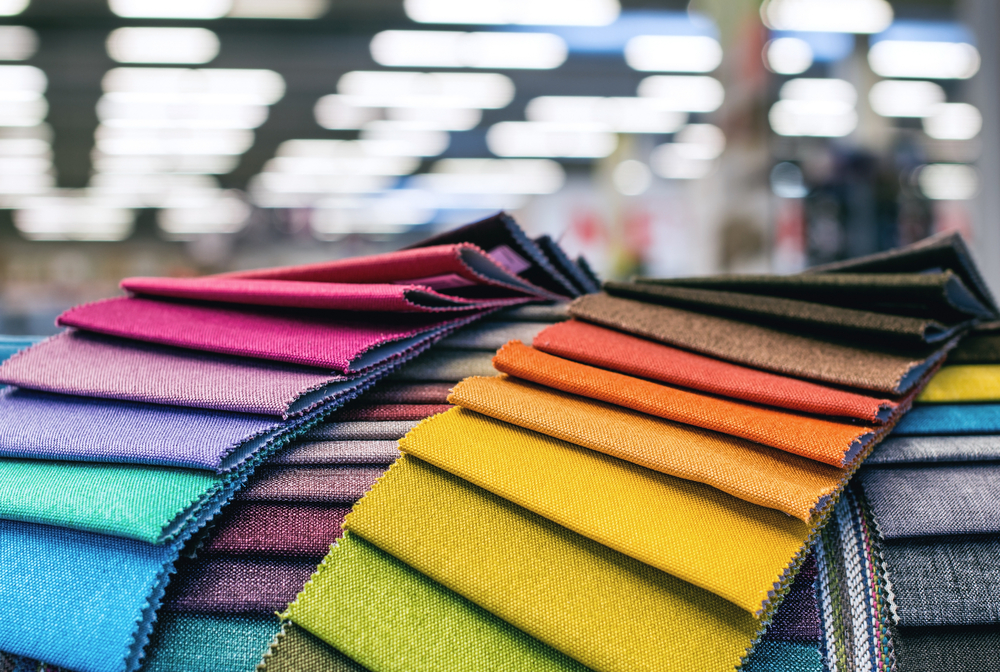
Silks, cotton, jute, leather, satin, velvet… the list goes on. There are many kinds of fabric, and each one has its use. Some are perfect for hot, dry weather, while others are meant for cold climates. Some are great for cocktail dresses, while others are only suitable for exercise outfits.
The fabrics used today are both natural and synthetic, and both have their advantages and disadvantages. Here is a list of some of the most commonly used fabrics in the global garment industry:
Silks, cotton, jute, leather, satin, velvet… the list goes on. There are many kinds of fabric, and each one has its use. Some are perfect for hot, dry weather, while others are meant for cold climates. Some are great for cocktail dresses, while others are only suitable for exercise outfits.
The fabrics used today are both natural and synthetic, and both have their advantages and disadvantages. Here is a list of some of the most commonly used fabrics in the global garment industry:
Silks, cotton, jute, leather, satin, velvet… the list goes on. There are many kinds of fabric, and each one has its use. Some are perfect for hot, dry weather, while others are meant for cold climates. Some are great for cocktail dresses, while others are only suitable for exercise outfits.
The fabrics used today are both natural and synthetic, and both have their advantages and disadvantages. Here is a list of some of the most commonly used fabrics in the global garment industry:
1. Cotton
This is one of the most commonly used fabrics for making clothes. Cotton accounts for about 24% of the material in the garment industry. Hence, it is the most vital and most grown non-food crop across the globe. Many farmers in low-income countries concentrate on cotton farming for their livelihood.
2. Polyester
Polyesters are synthetic fabrics derived from fossil fuel crude oil. It is the most common fabric used for garments due to its durability and strength. 62% of materials used in the garment industry are reported to be synthetic.
3. Viscose
In its raw form, viscose is cellulose extracted from natural sources. It is then pulped, crushed, and transformed into a fabric called viscose. Some popular nations where viscose processing occurs are Japan, China, South Korea, Taiwan, Pakistan, and Indonesia.
4. Silk
Silk is one of the oldest fabrics, used and treasured throughout history. Traditionally, it was the chosen fabric for royals. It was extremely expensive, and only the very rich could afford it. Today, silk is the ideal material for making clothes for special occasions, like weddings and parties.
5. Wool
Wool is one of the most traditional fabrics in the garment market. It is also the comfort fabric for cold places. Due to its warmth, wool is used for other purposes as well, such as carpets, blankets, upholstery, and insulation.
6. Leather
Leather is one of the most popular fabrics in the world. It is strong, durable, and flexible, making it ideal for cold climates. Nations such as China, Brazil, India, and Italy trade in raw leather.
7. Linen
Linen is another popular fabric currently ruling the market. It is made from super fine fibers derived from flax plants. The raw fiber from the plants is processed and made into long-lasting, woven linen fabric. Linen can be used for everything from traditional wear to cool summer dresses. Hence, this is a go-to fabric for many people.
How to Choose the Right Fabric
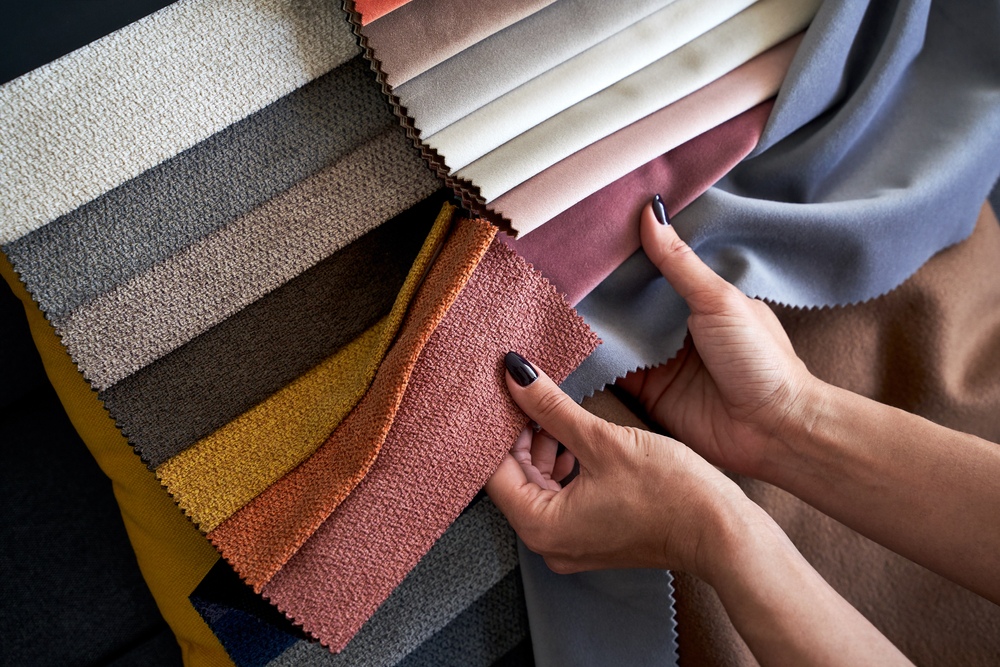
Fabric is the most essential raw material in the garment industry. As it can significantly affect a firm's profits, choosing the suitable material for the right dress is extremely important. When selecting a fabric for a particular garment, keep these points in mind:
1. The Weight of the Fabric
The unit for measuring the weight of the fabric is grams per meter square (GSM). Fabrics must be weighed before using to get an idea of how much the final piece will weigh. One can also measure a piece of fabric by considering its thickness. The thicker the fabric is, the heavier it will be, and vice-versa.
Organza, chiffon, voile, taffeta, and single jersey are the lightest fabrics for making clothes. However, if the occasion calls for heavier fabrics, one can choose velvet, cambric, satin, chambray, or interlock jersey. Materials like wool, denim, hessian, or twill are even heavier, and clothes made from these materials are typically worn when the temperature goes down.
2. The Drape of the Fabric
The drape of the fabric means its slowness. If a fabric is fluid, it will tend to have more drapes; if a fabric is stiff, the number of drapes will be less. People often get confused between the weight and the drape of a fabric. However, the two are different terms and are used for different purposes.
A fabric that tends to have more drapes will make the material float. For example, a skirt with a fluid fabric will have a lot of drapes and will tend to float. However, a skirt made of a stiff material will tend to stay close to the body.
Materials like denim, broadcloth, satin, and brocade are heavy and stiff. On the other hand, materials like organza, organdy, light silk twill, and dupioni are lightweight as well as stiff. Fabrics like linen, wool crape, and gabardine are heavy-weight yet fluid, while voile, lawn, silk crape, georgette, chiffon, batiste, charmeuse, etc., are lightweight and fluid materials.
Since the drape of the fabric can affect the garment's movement, it is a significant factor that must be considered.
3. The Fabric Stretch
As the name states, fabric stretch refers to how much a piece of fabric can stretch. The elasticity of fabrics varies from one to the other. For instance, spandex is extremely stretchy, while pure cotton is not.
When considering the stretch of a piece of fabric, it is essential to know its purpose. The fabric stretch must suit the product and the end-user, as it can significantly change the product's final look.
Bottom Line
To conclude, the type of fabric chosen for a particular garment is extremely important. The wrong fabric can ruin an entire garment, while the right material will make it perfect.
Several types of fabric can be combined with patterns and materials to create unique garments. One can choose any fabric and keep it plain, patterned, printed, or embroidered to make the most eye-catching garments.
However, the weight, drape, and stretch of the fabric must always be considered when making a garment. These factors significantly affect the final product. How a garment feels and looks when worn depends mainly on these three factors. If you are planning to build your fashion brand, Fashinza provides you the tech-based assistance to launch the best fashion collection forecasting all the upcoming trends and performing all the necessary end-to-end product management.
CTA Button: “Sign up on our site to grow your manufacturing business.
















